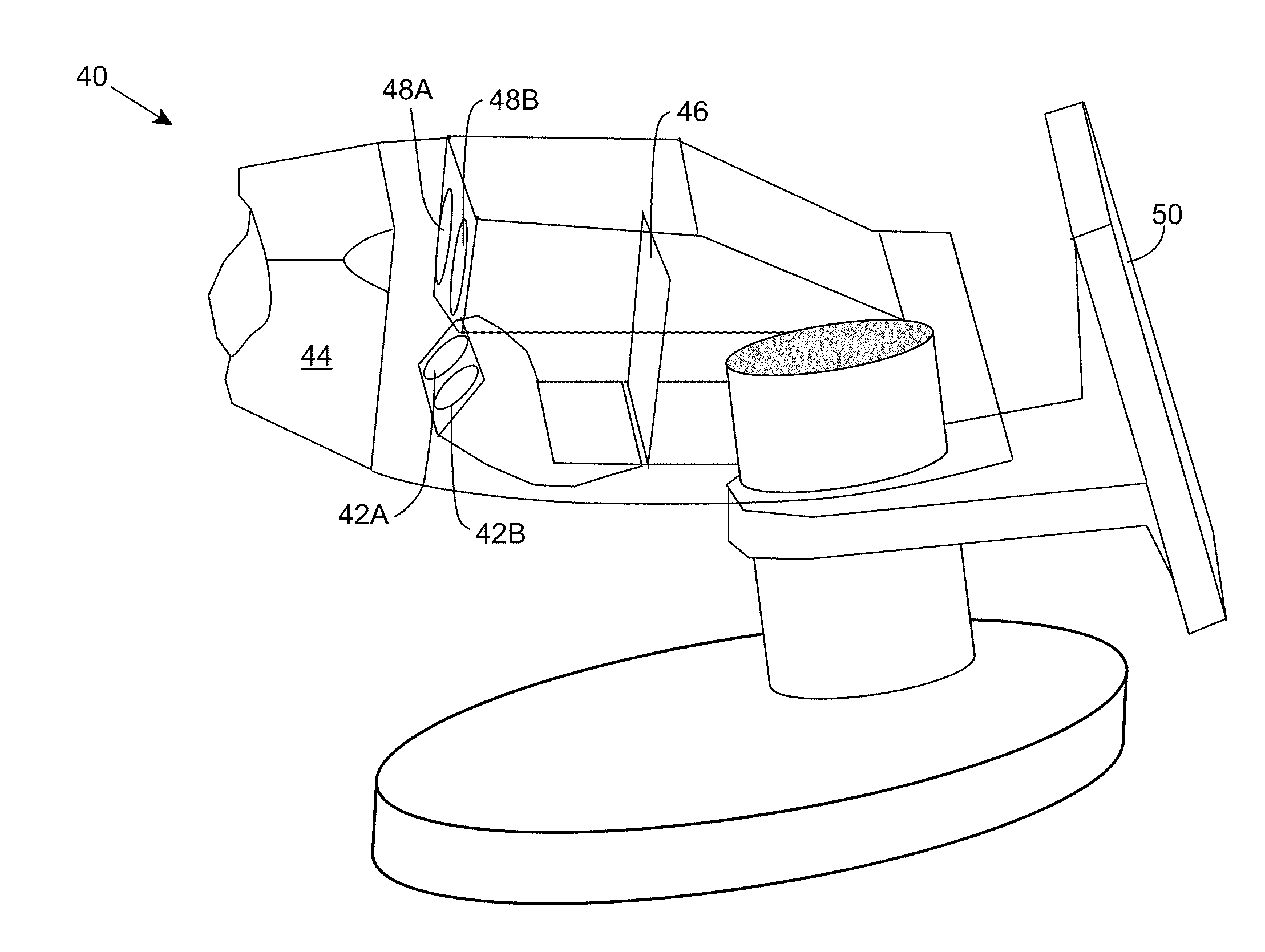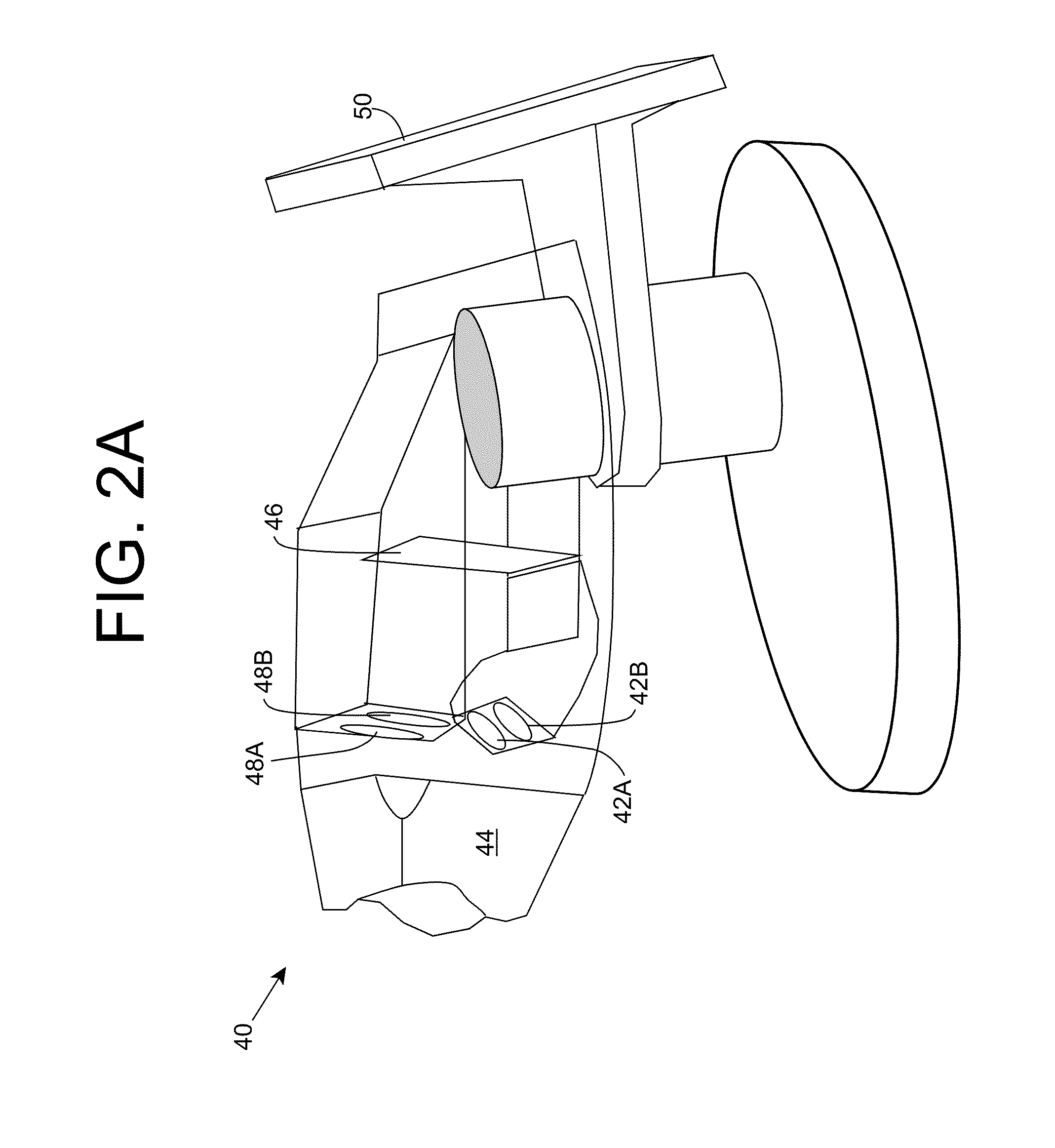Evaluating pupillary responses to light stimuli
a technology of pupillary responses and light stimuli, applied in the field of evaluating pupillary responses to light stimuli, can solve the problems of lack of specificity for any one ocular disorder whether of neurological or transmissive origin, lack of specificity of sft, and magnitude less than 0.3 log units, etc., and achieve the effect of reducing one or more non-visual stimuli
- Summary
- Abstract
- Description
- Claims
- Application Information
AI Technical Summary
Benefits of technology
Problems solved by technology
Method used
Image
Examples
Embodiment Construction
[0021]As indicated above, aspects of the invention provide a solution for evaluating the pupillary responses (e.g., reflexes) of a patient. The solution includes exposing one eye of a patient to flashes having varying patterns and concurrently recording the pupillary responses of both eyes of the patient to the flash. At least some of the patterns can be configured to stimulate / not stimulate the macula region of the patient's eye. The solution also can include reducing one or more non-visual stimuli experienced by the patient while the pupillary responses are being induced and recorded. As used herein, unless otherwise noted, the term “set” means one or more (i.e., at least one) and the phrase “any solution” means any now known or later developed solution.
[0022]Turning to the drawings, FIG. 1 shows an illustrative pupillary evaluation system 10 for evaluating pupillary responses (e.g., reflexes) of a patient 2 according to an embodiment. To this extent, pupillary evaluation system 1...
PUM
 Login to View More
Login to View More Abstract
Description
Claims
Application Information
 Login to View More
Login to View More - R&D
- Intellectual Property
- Life Sciences
- Materials
- Tech Scout
- Unparalleled Data Quality
- Higher Quality Content
- 60% Fewer Hallucinations
Browse by: Latest US Patents, China's latest patents, Technical Efficacy Thesaurus, Application Domain, Technology Topic, Popular Technical Reports.
© 2025 PatSnap. All rights reserved.Legal|Privacy policy|Modern Slavery Act Transparency Statement|Sitemap|About US| Contact US: help@patsnap.com



